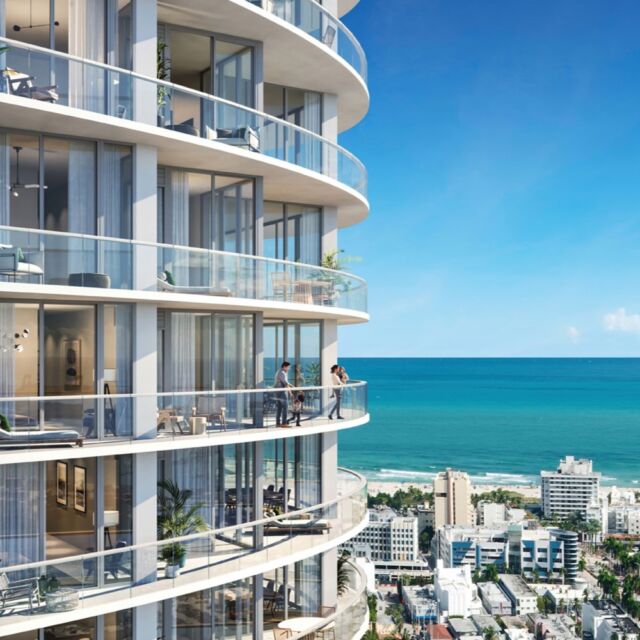Monuments, mausoleums, minarets, mosques—India has them all
How was India? There’s no easy answer. Fascinating. Exhausting. Disturbing. The spectacular sights are spectacular, especially the Taj Mahal, but so is the squalor. India packs a sensory punch of colors, sounds, and smells. Haunting prayer calls, a cacophony of horns. And the traffic! Imagine the Long Island Expressway on a summer Friday with the addition of tuk-tuks, motor scooters, maybe a cow and the occasional elephant.
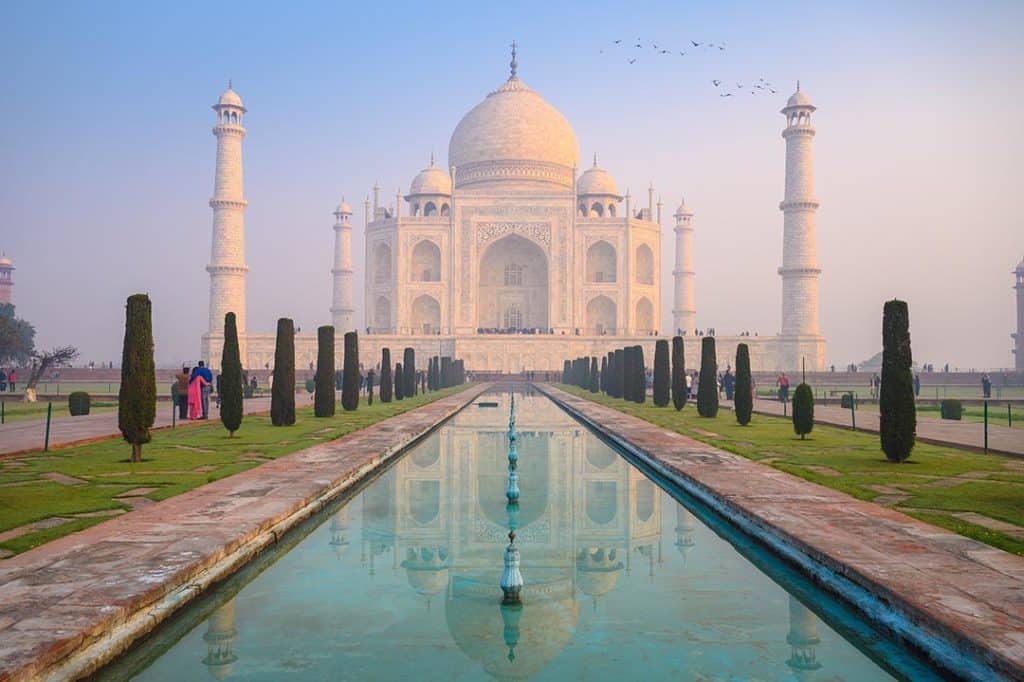
As first time travelers to India, we elected to stick to the manageable touristic Golden Triangle — Delhi, Agra, and Jaipur. I knew I was no match to figure out India, so we engaged travel consultant Swati Mathur, of Travel and Special Things, to plan an itinerary. We stayed in reasonably-priced Trident hotels, Oberoi’s five-star brand. But as press, I managed to join a guests’ tour of the fabled Taj Rambagh Palace, the first palace to be converted to a luxury hotel and the former home of the legendary beauty the Maharani of Jaipur. Stunning interiors and elaborate Mughal gardens where peacocks strut enchant guests with deep pockets. We had a similar tour at the luxurious Jai Mahal Palace where an elaborate wedding was in progress.
We flew Air India, which puts you into the ambience of the country right away. Just a heads up: in India, security lines are sex segregated and the “ladies” are patted down in a curtained enclosure.
Best of all, our package came with a driver, a luxury I only dreamed of attaining if I won the lottery, but an absolute necessity on India’s chaotic roads.
The capital city is the jumping off point. And it’s worth seeing, pollution and all. New Delhi is the modern capital and is reminiscent of European capitals with wide boulevards and stately government buildings. Old Delhi is a crowded, chaotic jumble of narrow streets, open front shops and markets frequently visited by rickshaw. Agra’s major draw is the Taj Mahal. Jaipur, known as the pink city, is perhaps the most beautiful.
Architectural Marvels
Touring this area largely focuses on the splendid monuments and forts built by the Mughal empire which held sway from the 16th through the 18th centuries. The star of the show is the Taj Mahal in Agra. If you have a bucket list, this is probably on it. It was built by emperor Shah Jahan as a memorial to his favorite wife Queen Mumtaz Mahal, who died giving birth to their 14th child. One of the Seven Wonders of the World, the Indo-Islamic jewel was built by 20,000 workers with the help of 1,000 elephants over the course of 20 some years. Artisans were recruited from throughout the empire to execute calligraphy, intricate carvings, and semi-precious-stone inlaid marble. The white marble façade is particularly captivating at sunrise when it’s gradually illuminated. It’s worth dragging your sleepy ass out of bed for this once-in-a-lifetime view. It can also take on a pinkish hue at sunset and is best viewed from the opposite side across the Yamuna River in the Moonlight Garden.
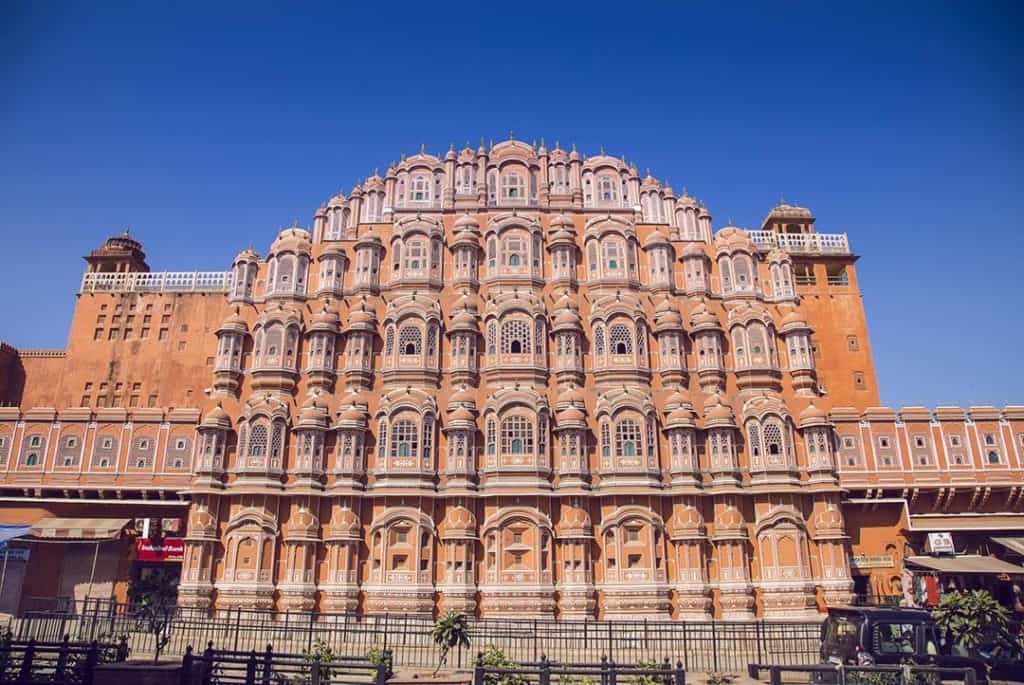
Magnificent walled cities recall the history of the once powerful Mughals — which frankly I don’t remember ever studying in our Western-centric history classes. We walked miles through these cities, called forts by the British. Ramparts, gates, courtyards, conjure images of royal pomp and ceremony and palace intrigues. Of course, I would have been relegated to watch with all the other women from behind latticed screens. Would I have been a favored queen? Or one of dozens of courtesans serving the emperor at his pleasure?
Each city boasts these remnants of the empire and all are worth seeing but If I had to pick only one, it would be the Amber Fort in Jaipur which is the second most visited site in India after the Taj Mahal. The majestic red sandstone and marble palace sitting atop the hills was occupied by the Rajput Maharajahs and their families. Some tourists take elephant rides up to the fort, a practice that has come under criticism by animal rights activists. I’m skittish around dogs so ride an elephant? Are you kidding? Fortunately, Amber Fort is also reachable by car.
We also walked (shoes off, heads covered) through miles of mosques and temples marveling at their astonishing size and opulence. Delhi’s Jama Masjid built by Shah Jahan, can accommodate 25,000 faithful in its courtyard. The Sikh Temple, Gurudwara Bangla Sahib in Delhi operates what could easily be the world’s largest soup kitchen. Daily, teeming masses, regardless of race or religion, are fed a hearty meal of lentils, rice, and chapatis in the massive dining hall seating approximately 500 at a pop. It’s awe inspiring, though not especially appetizing, to confront vats of lentils in woks the size of a small car and watch rows of volunteers seated cross legged on the floor rolling out chapatis.
Shopping
Don’t be embarrassed to shop. I went on a scarf buying spree. My favorites are the block print scarves at Anokhi a poster child for reviving traditional artisanal textile skills. The company was started nearly 50 years ago by Faith and John Singh. She is the daughter of British missionaries. Her late husband John was a Rajput royal. They met romantically at the Rambagh pool. In addition to its retail stores, Anokhi maintains a tiny, charming museum in a restored mansion in Jaipur, about a ten-minute walk from the Amber Fort. On display are block printed textiles and the tools used to create them.
Recycling saris into scarves is also a thriving cottage industry and these beautiful pieces can be found in numerous shops.
It’s interesting to watch artisans at work weaving carpets or inlaying marble but be warned that visitors are eagerly courted as potential customers. I came within inches of ordering an Indian carpet. “If you buy a big rug, you will get a big house,” the persuasive salesman promised.
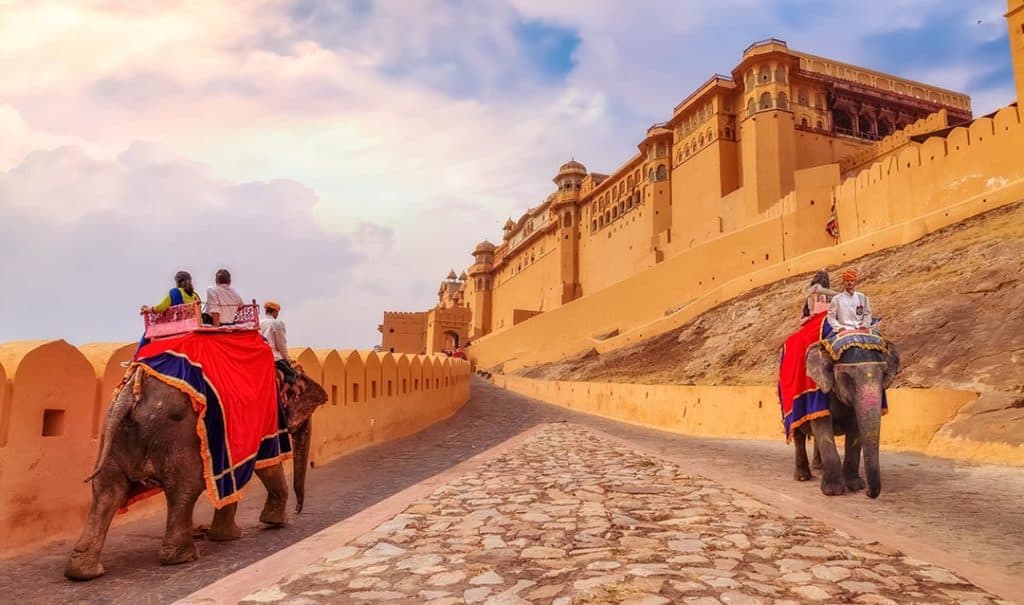
Dining
A not-to-be-missed dining experience in Delhi is Indian Accent on the list of the World’s 50 best restaurants. Chef Manish Mehrotra is on a one-man mission to elevate Indian cuisine and is now spreading his gospel at outposts in Manhattan and London. For traditional North Indian cuisine in Delhi, visitors head to Pandara Road and spots like Restaurant Gulati, a popular eatery that started as a kiosk.
There are countless dining options both in the hotels and independent restaurants. It’s not advisable to eat street food. Drink only bottled water. Avoid ice — even in your gin and tonic.
One of the most surprising culinary experiences were the extravagant hotel breakfast buffets which offer an endless selection of both international and Indian dishes. “We do try to give a representative breakfast of products from all around the country but the options are vast and varied and our small buffet would definitely not do the possibilities any justice,” says Trident Jaipur executive chef Zubin D’Souza modestly. But his menu spread sheets belie his modesty. The rotating selections are an almost encyclopedic array of Indian specialties, chutneys, and breads.
Our short trip only scratched the surface both geographically and gastronomically. It would take a lifetime to begin to understand India. But even a small glimpse is enlightening. Overall, it’s humbling to see that what we take for granted is not so easily available outside the first world.
Note: I traveled to India shortly before the pandemic and then the world shut down. So the story was on hold for a couple years. Fortunately, travel is now open again and we can once again look forward to seeing the world.
Beverly Stephen is a freelance travel, food, and lifestyle writer and co-owner of the culinary travel company Flavor Forays.

















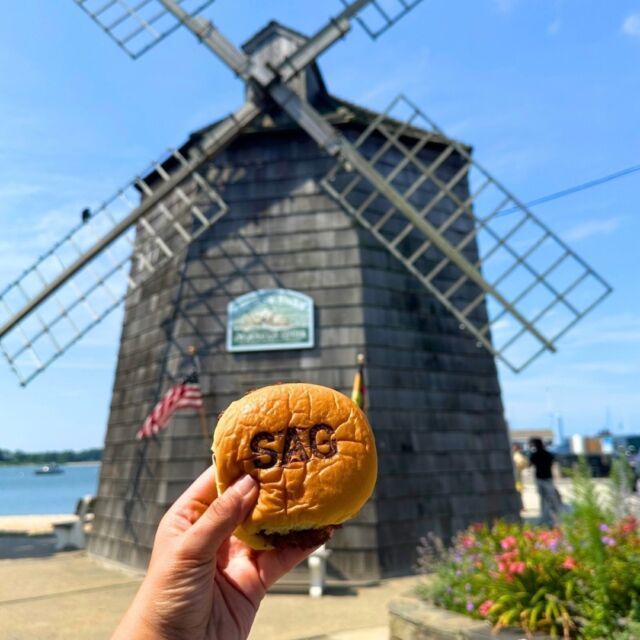
![At @inspirseniorliving, they’re transforming senior living and elevating every dimension of life. With a philosophy that embraces enhanced wellness and immersive experiences, their communities offer residents a lifestyle that meets and exceeds everything they’ve envisioned for their lives; including Assisted Living, Memory Care, or Enhanced Care. [link in bio]](https://hamptonsrealestateshowcase.com/wp-content/uploads/sb-instagram-feed-images/452692090_1818077558601184_7837181803899896025_nfull.jpg)
![A winding private drive leads the way to 198 Two Holes of Water Road, situated on 10± acres with plenty of seclusion, privacy, and an all weather tennis court. After undergoing a top-to-bottom renovation in 2019, the estate has been marked by dramatic sculptural touches, wide expanses of scenic space, and is ready for immediate occupancy. Represented by @tomcavallo of @douglaselliman. [link in bio]](https://hamptonsrealestateshowcase.com/wp-content/uploads/sb-instagram-feed-images/452714375_18452144299030135_7245639606158274147_nfull.jpg)


![When Brooke Abrams undertook the interior decoration of an ultra-modern beach house designed by Bates Masi + Architects, her clients wanted everything to look very "rich and luxurious." In addition to unifying the interior space with the exterior space, Abrams sought to bring a sense of cohesiveness to the house. “It had a lot of beautiful pale woodwork in creams and beiges and greys,” she recalls. “Rather than introduce new colors, I felt it was important to stay within that neutral palate so that everything felt integrated.” [link in bio]](https://hamptonsrealestateshowcase.com/wp-content/uploads/sb-instagram-feed-images/452279191_374759435318292_2948881216648686178_nfull.jpg)
